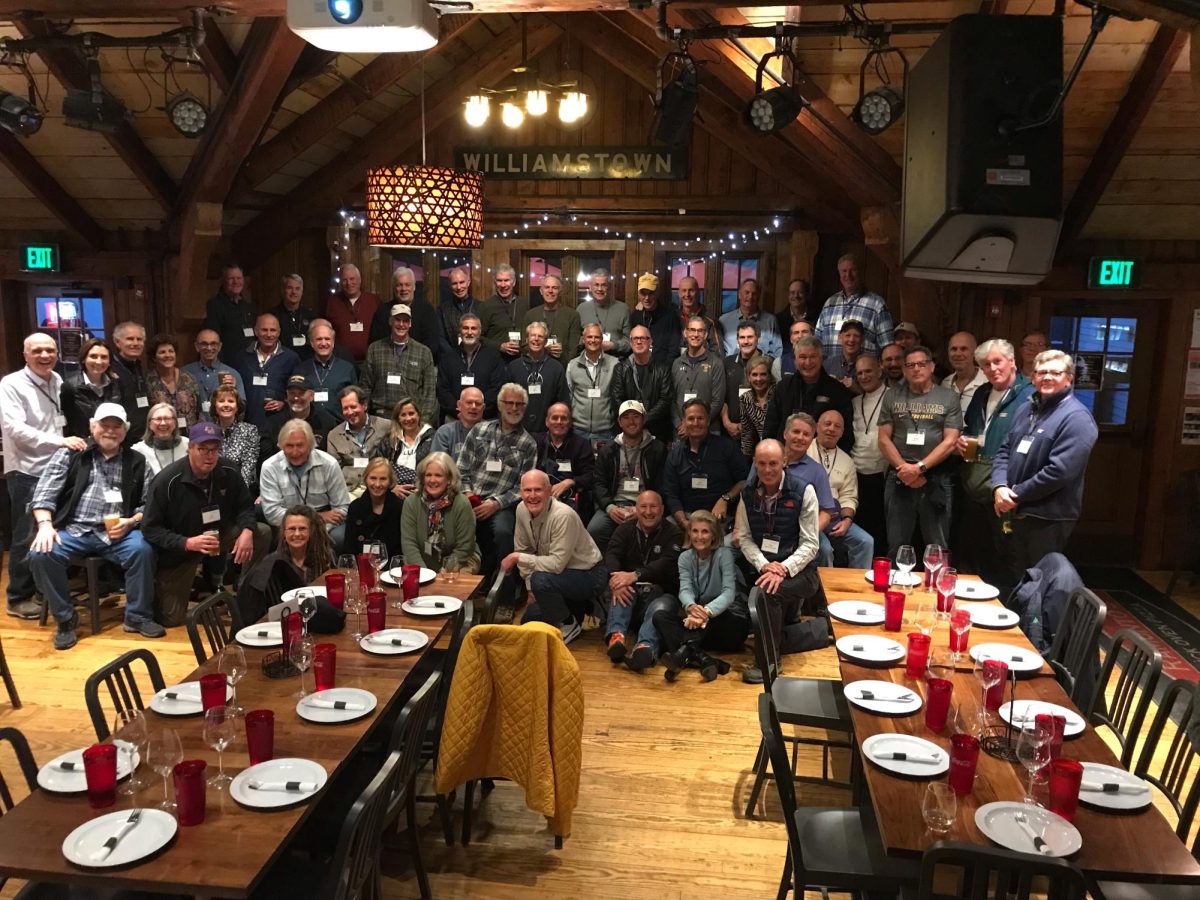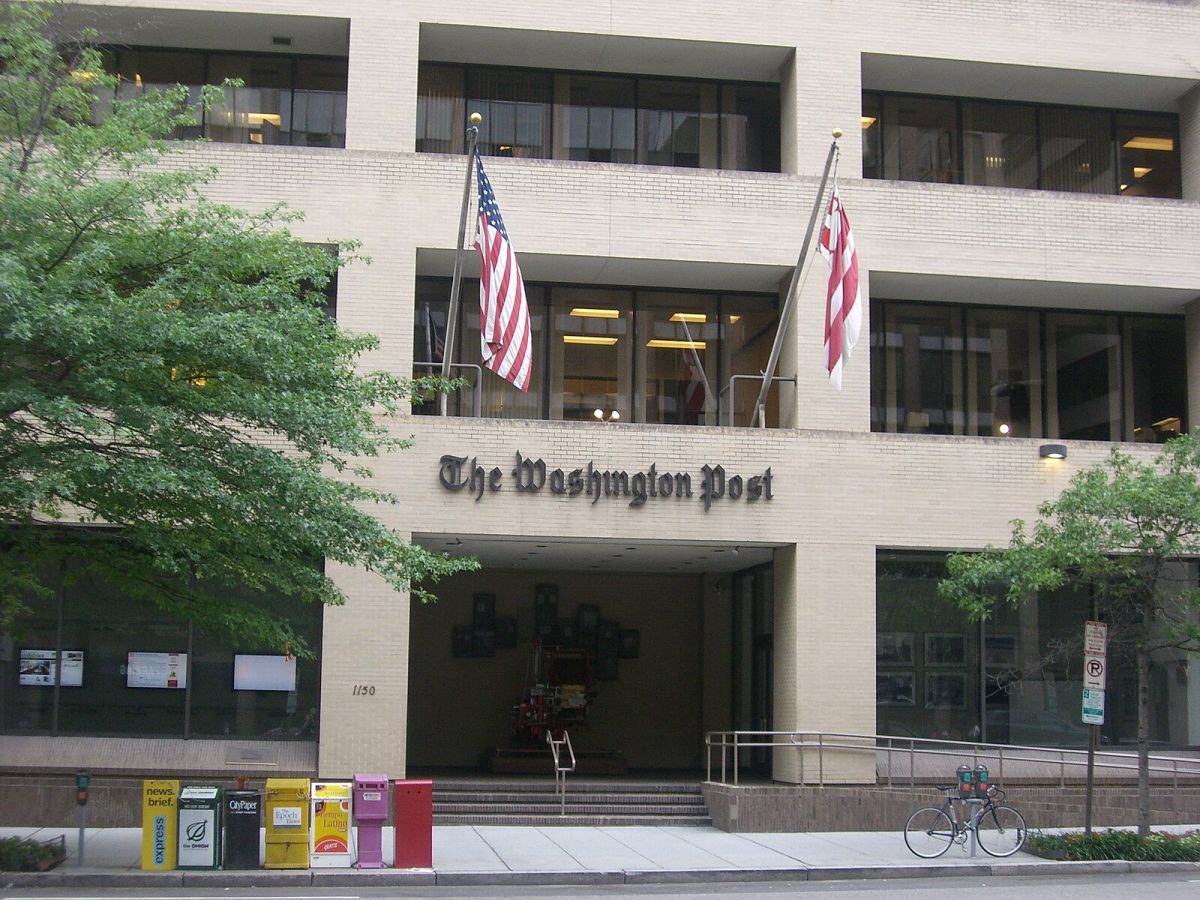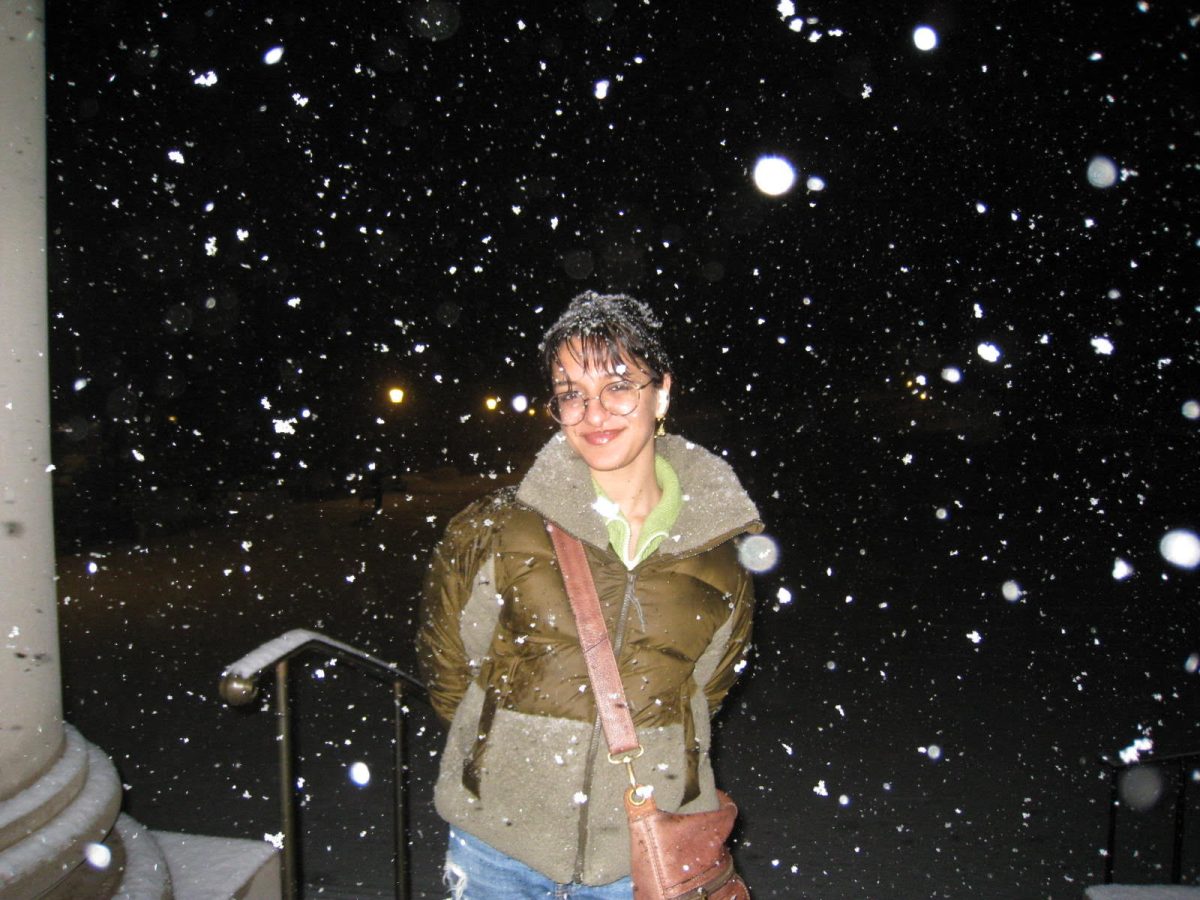The College is old. Like, really old — only 17 years younger than the United States. Many of its original dormitories, such the College’s oldest building, West College, still stand — though West did suffer significant damage after a fire in 1951.
But not all have reigned as long as West: Over the last two centuries, the College has demolished several dorms for various reasons. Here’s a brief look into the College’s dorms that are no longer.
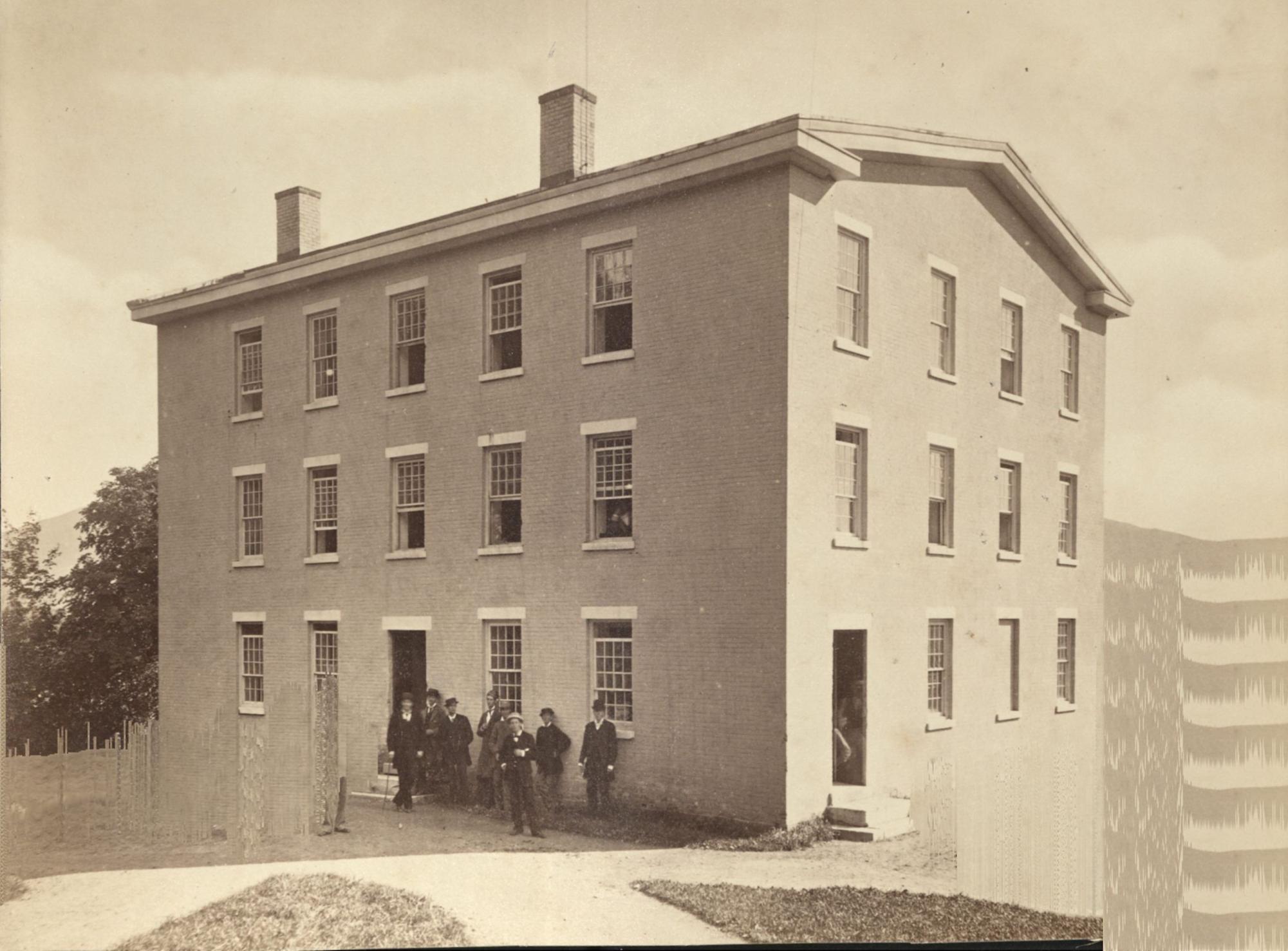
Kellogg Hall
Not to be confused with Kellogg House, the former residence of the first president of the College that occupied the space of the Zilkha Center, Kellogg Hall was an unassuming and short-lived dorm.
On July 18, 1845, Ebenezer Kellogg, a professor of ancient languages and the College’s librarian, sold his garden plot outside of West — which was used to grow vegetables for student meals — to the College. In 1847, the College built Kellogg Hall on the land.
After its construction, the building was referred to as “squat,” according to information provided by Special Collections on the College’s website, because of its plain design and size — equal to one half of East College. The boxy, three-story residence had no elaborate design and was painted yellow like other College buildings at the time.
A 1900 report by then-President of the College Franklin Carter, Class of 1862, included scathing notes from Frederick F. Thompson, Class of 1856, and Morris K. Jesup, whose donations created the College’s laboratories. Thompson and Jesup claimed that Kellogg Hall obstructed the view of the labs and its overall appearance clashed with other buildings at the College. In July of that year, 23 years after the building’s construction, Kellogg Hall was taken down.
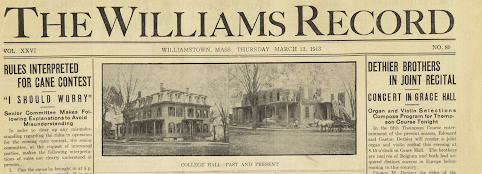
College Hall
Constructed in 1872, College Hall was located where Stetson Hall currently stands. The hall was commonly called “Hash House,” infamous among students for serving the worst food on campus. However, Thompson — the same Thompson who detested Kellogg Hall — refuted this fact when he visited the hall in 1891. Thompson was satisfied with the breakfast he was served: oatmeal, beefsteak, potatoes, four kinds of bread, and coffee.
The hall gave priority to students on financial aid who wished to live in one of its 22 bedrooms. Beyond its food and modest size, College Hall was known for hosting extensive hazing rituals, according to information provided by Special Collections on the College’s website.
The Jan. 11, 1913, issue of the Record reported that the College had sold the building and that its new owners had plans to demolish it.
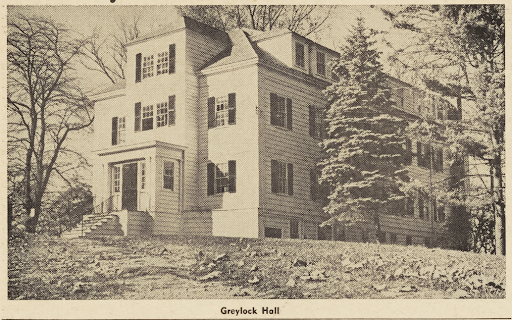
Greylock Hall
After the purchase of the Greylock Hotel, the College decided to demolish the majority of its original structure, leaving only its north annex. In 1937, the renovated north annex, called Greylock Hall, served as a dorm for 22 male students. The hall briefly housed married World War II veterans, though it later became a popular home for sophomores.
Before its eventual demolition, Greylock Hall fell into increasing disrepair. After Prospect House was built in what was then called “Berkshire Quad,” there was no longer a need to house students in the run-down Greylock Hall.
The Feb. 21, 1964, issue of the Record wrote that on April 1, the College would demolish the building to make room for today’s Greylock Quadrangle.

Van Rensselaer House
Despite the rich history of Van Rensselaer House, the building had a short lifespan as a dorm.
The house, which was originally located near Albany, was the residence of the Van Rensselaer family. Stephen Van Rensselaer III provided financial assistance to several Williams students and was a trustee, despite never attending the College.
Long after any members of the family had lived in the home, one of Rensselaer’s cousins, Marcus Reynolds, Class of 1890, convinced the family to remove the building from the land and transport it to the College instead of making drastic renovations. After transporting exterior pieces of the old Van Rensselaer manor house to Williamstown, he used them to design a new Sigma Phi house. The Van Rensselaer House served as the home of the Sigma Phi fraternity until 1963.
After the abolition of fraternities at the College in 1963, the Van Rensselaer House served as a general student residence until 1967, when it became the Center for Environmental Studies. However, in 1973, it was demolished to make room for the new Sawyer Library, much to the dismay of students, according to information provided by Special Collections on the College’s website.
Then-President of the College John Edward Sawyer and the Board of Trustees decided that the library would be built in place of the house because of its central location. Because the original design of the house was not preserved, the library committee declared that the structure lacked historical value and that it would not spend a sizable portion of its budget to move it to another location.
The Sawyer Library that replaced the Van Rensselaer House was later demolished as part of the Stetson-Sawyer building project.




